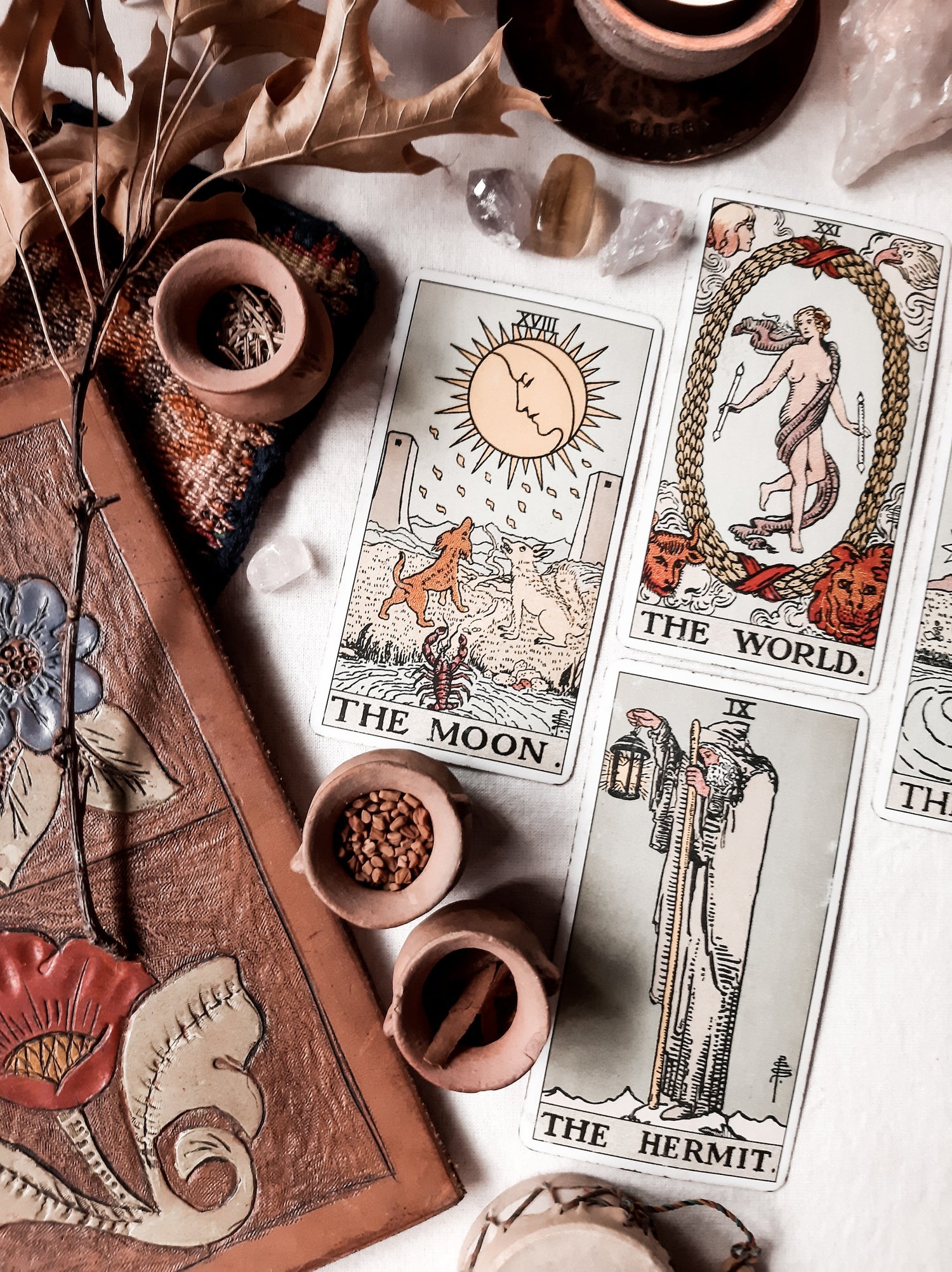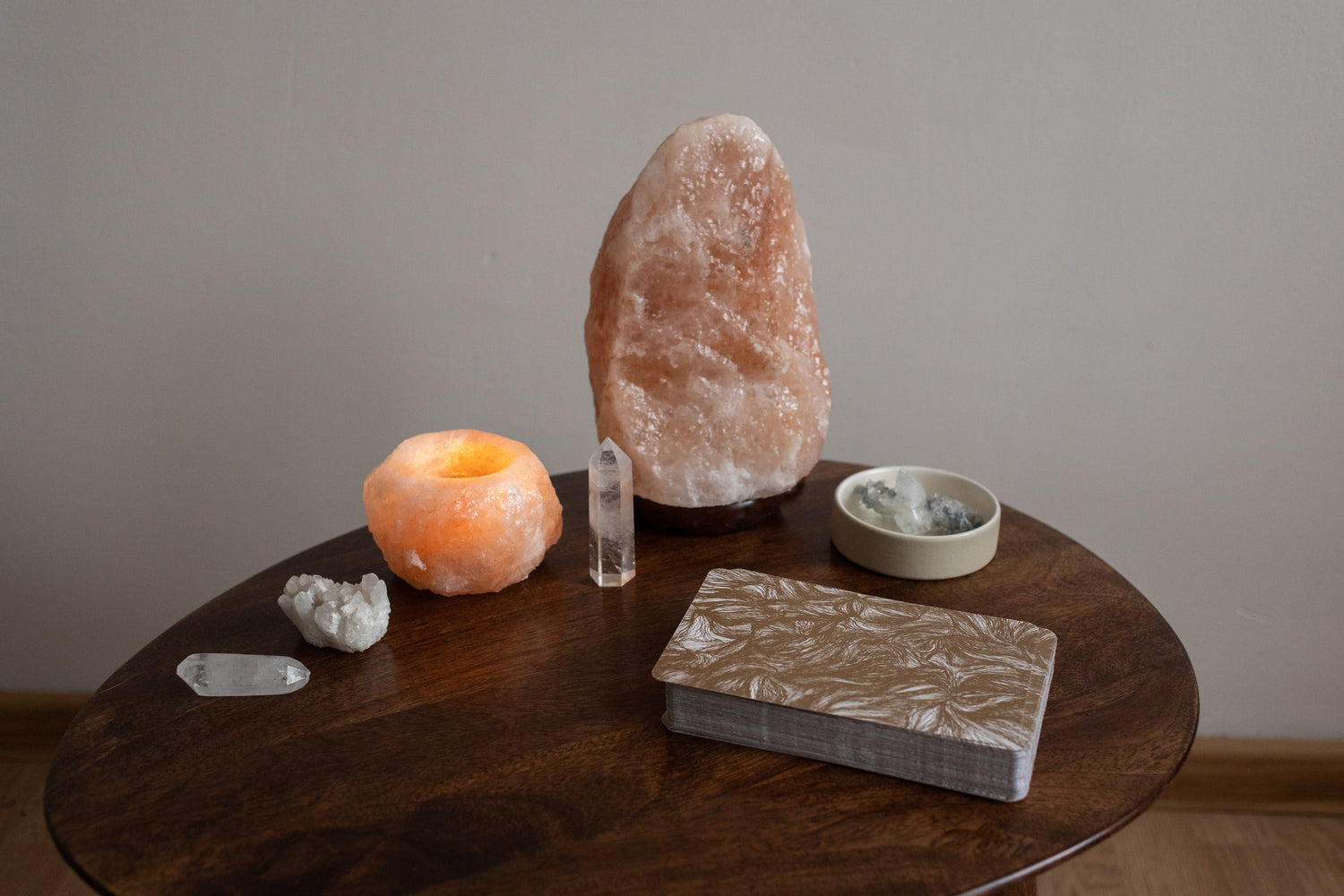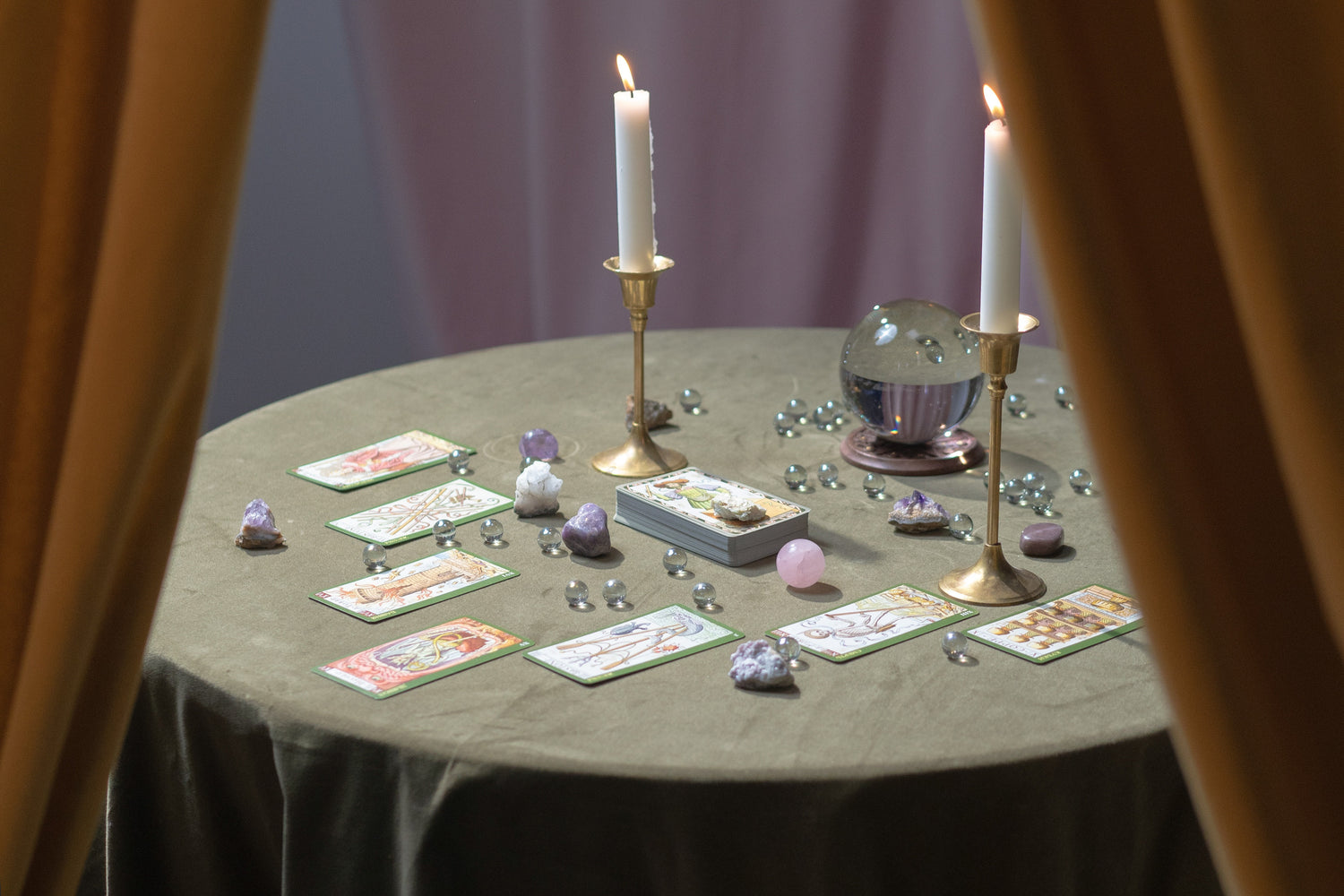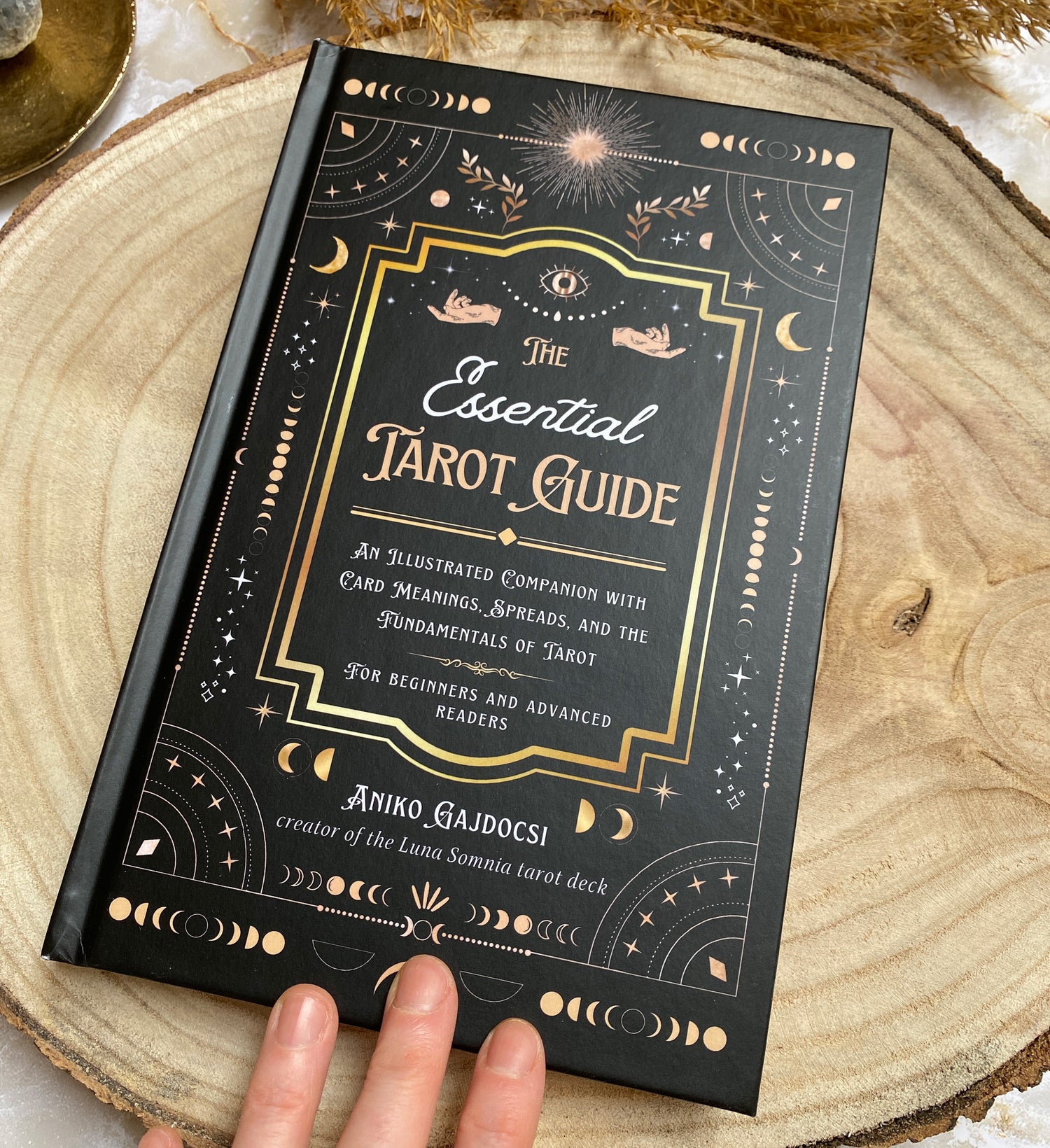
Tarot reading is an ancient practice that taps into the wisdom of a specially designed deck of cards known as the tarot. It is a divination tool that offers insights, guidance, and a deeper understanding of one's self, situations, and potential outcomes. Tarot reading involves the skilled interpretation of the cards, which are drawn or laid out in specific spreads to address specific questions or provide a general overview. Through intuition, symbolism, and the interconnectedness of the cards, a tarot reader is able to tap into the collective unconscious and access profound insights and messages. Tarot reading is not about predicting the future with certainty, but rather about gaining clarity, exploring possibilities, and empowering individuals to make informed decisions and navigate their life's journey with wisdom and purpose. It serves as a powerful tool for self-reflection, personal growth, and spiritual connection, offering a mirror to the soul and a path to greater self-awareness and transformation.

The roots of tarot can be traced back to the 15th century when the cards were initially used for playing games. However, over time, they evolved into a tool for divination and spiritual exploration. The tarot's rich historical background encompasses various influences, including elements of ancient Egyptian, Jewish mysticism, and Renaissance symbolism. It was during the 18th and 19th centuries that tarot experienced a resurgence in popularity, particularly within esoteric and occult circles. Notable individuals such as Arthur Edward Waite and Pamela Colman Smith played a significant role in creating influential tarot decks, such as the Rider-Waite Tarot, which have become widely recognized and used today. As the popularity of tarot spread, its significance transcended cultural boundaries, and it became a beloved tool for seekers of wisdom, enlightenment, and personal guidance around the world. Tarot continues to evolve, adapt, and inspire, offering a timeless and captivating connection to the mysteries of the past while remaining relevant in our modern lives.
The traditional tarot deck structure consists of 78 cards divided into two main sections: the Major Arcana and the Minor Arcana.

Major Arcana
The Major Arcana consists of 22 cards numbered from 0 to 21. Each card in the Major Arcana carries a significant symbolic representation, depicting archetypal themes and universal experiences. These cards often represent profound life lessons, spiritual insights, and transformative journeys. Each card in the Major Arcana has its own unique name, such as The Fool, The Magician, The High Priestess, The Emperor, and The World, among others. The Major Arcana cards typically depict powerful and evocative imagery, making them focal points for deep introspection and exploration.

Minor Arcana
The Minor Arcana consists of 56 cards divided into four suits: Wands, Cups, Swords, and Pentacles. Each suit corresponds to a specific element and represents different aspects of life. The Wands represent inspiration, creativity, and passion, associated with the element of Fire. The Cups symbolize emotions, love, and relationships, associated with the element of Water. The Swords represent intellect, thoughts, and challenges, associated with the element of Air. The Pentacles signify material aspects, wealth, and earthly matters, associated with the element of Earth.
Each suit consists of ten numbered cards (Ace to Ten) and four Court Cards (Page, Knight, Queen, and King). The Court Cards often depict individuals or personalities embodying the qualities of their respective suit.
The tarot deck structure captures the journey of life and its many facets. The Major Arcana showcases significant life events and spiritual lessons, while the Minor Arcana delves into everyday experiences, emotions, and practical aspects. Together, these cards provide a comprehensive framework for exploring and understanding the complexities of human existence. Tarot readers use the interplay between the cards, their positions in a spread, and the individual meanings of each card to offer insights, guidance, and a deeper understanding of personal situations, relationships, and life paths.
Text Copyright © Shores Of Moon
Major & Minor Arcana Card Meanings
-
-
MINOR ARCANA
Minor Arcana Card MeaningsMinor Arcana card meanings, including the four suits (Wands, Cups, Swords, Pentacles).
Minor Arcana Suits

Order the NEW Guidebook!
THE ESSENTIAL TAROT GUIDE
Unlock the mystical world of tarot with this comprehensive companion book that will guide you through every aspect of tarot reading. Immerse yourself in the rich history and astrological connections of tarot while mastering card meanings and tarot spreads. Packed with invaluable tips and information, this guide will transform you into a skilled tarot reader.
SHOP OUR TAROT CARDS
-
Luna Somnia Tarot Deck
SHOPThe bestselling original ⟡ This beautifully illustrated tarot deck and guidebook set is a perfect way to learn tarot or hone your skill if you are an advanced reader.
-
Cosmica Somnis Tarot Deck
SHOPThe gold gilded deck ⟡ Shimmering gold gilded edges and intricate illustrations make these cards extra special. This set comes with a guidebook to help interpret the cards with ease.
-
Two Decks Bundle
SHOPLuna Somnia Tarot + Cosmica Somnis Tarot collectible set. Complete with guidebooks and gift boxes for each deck.










